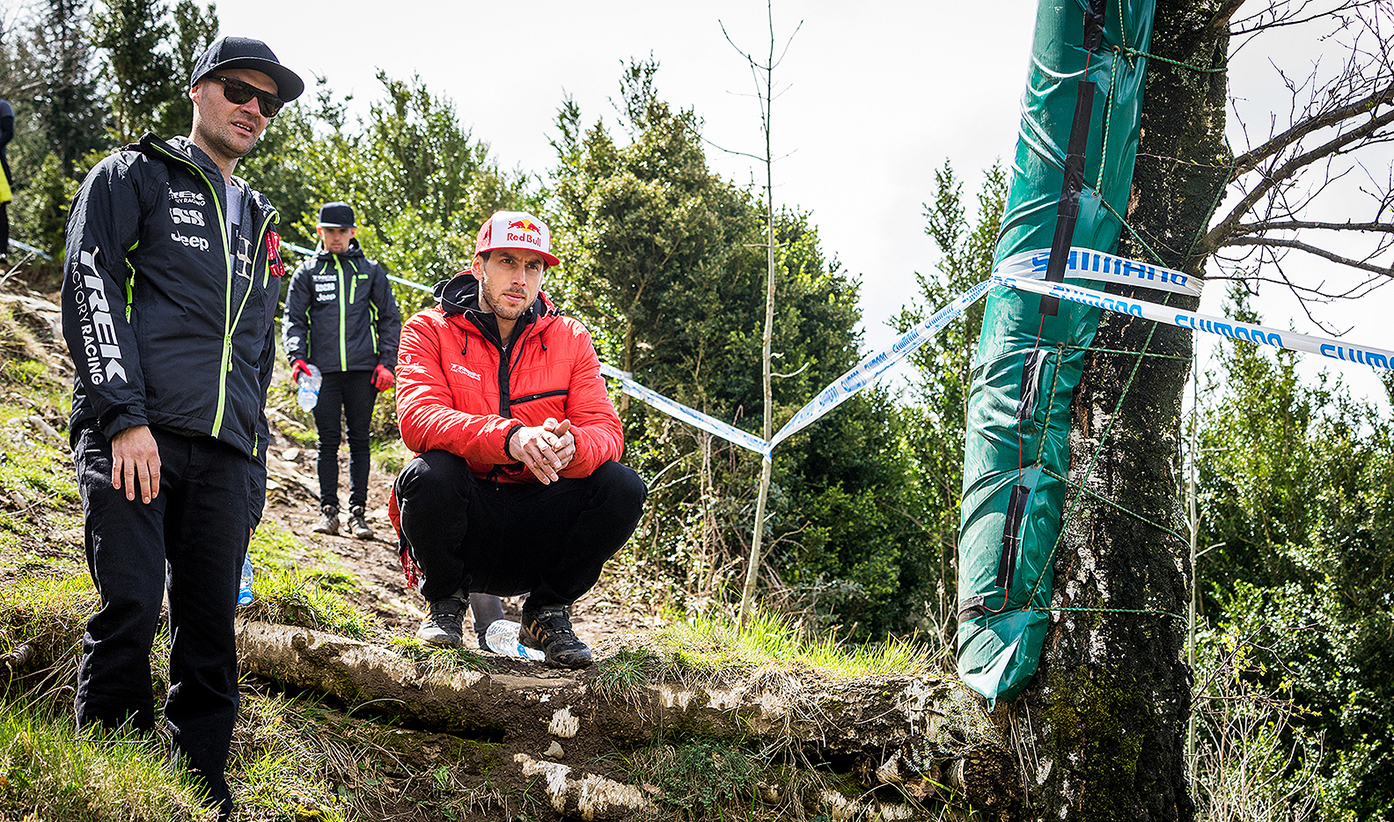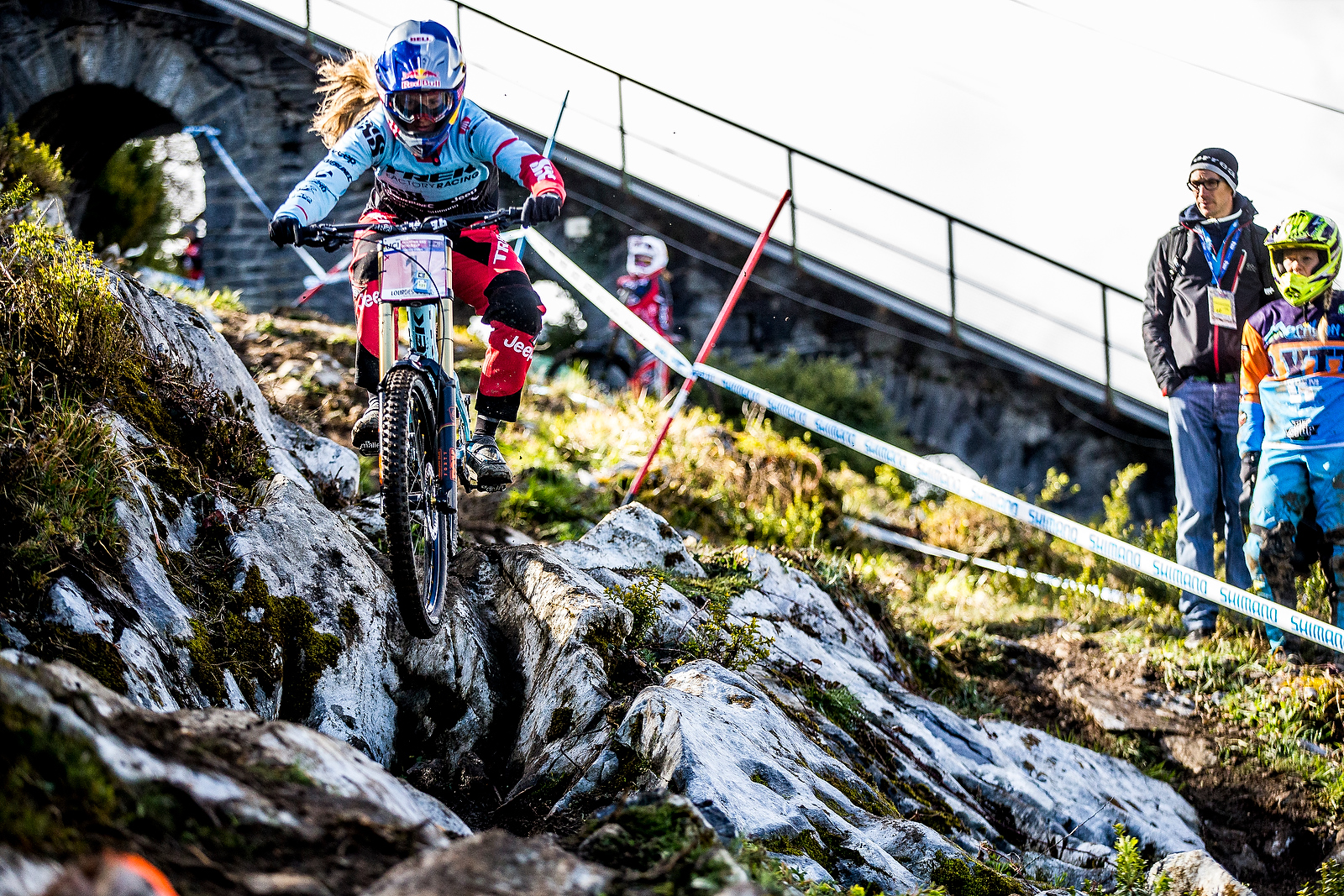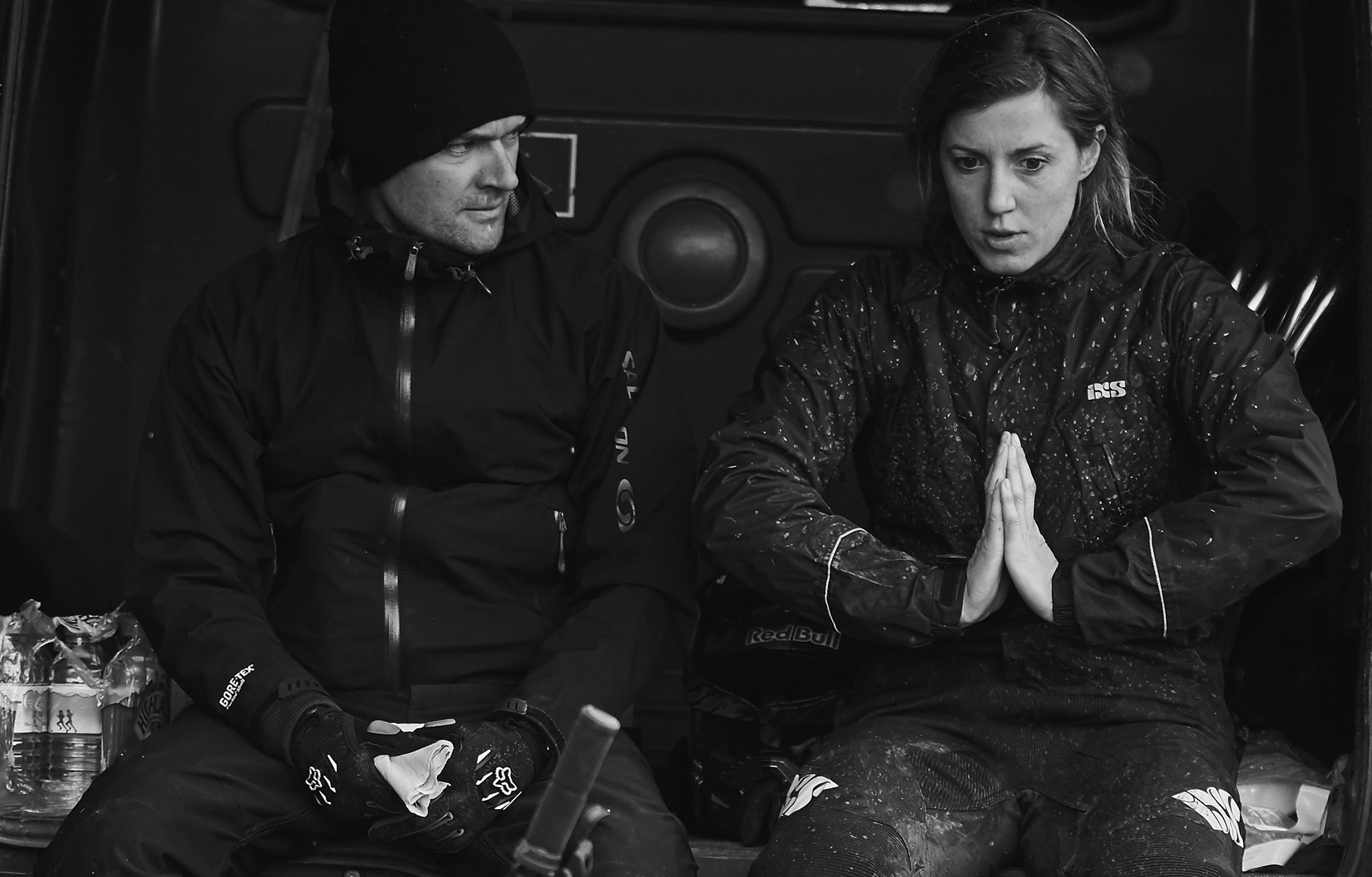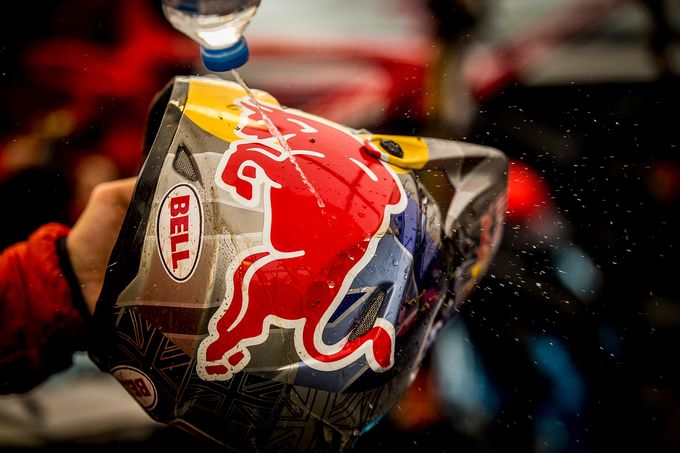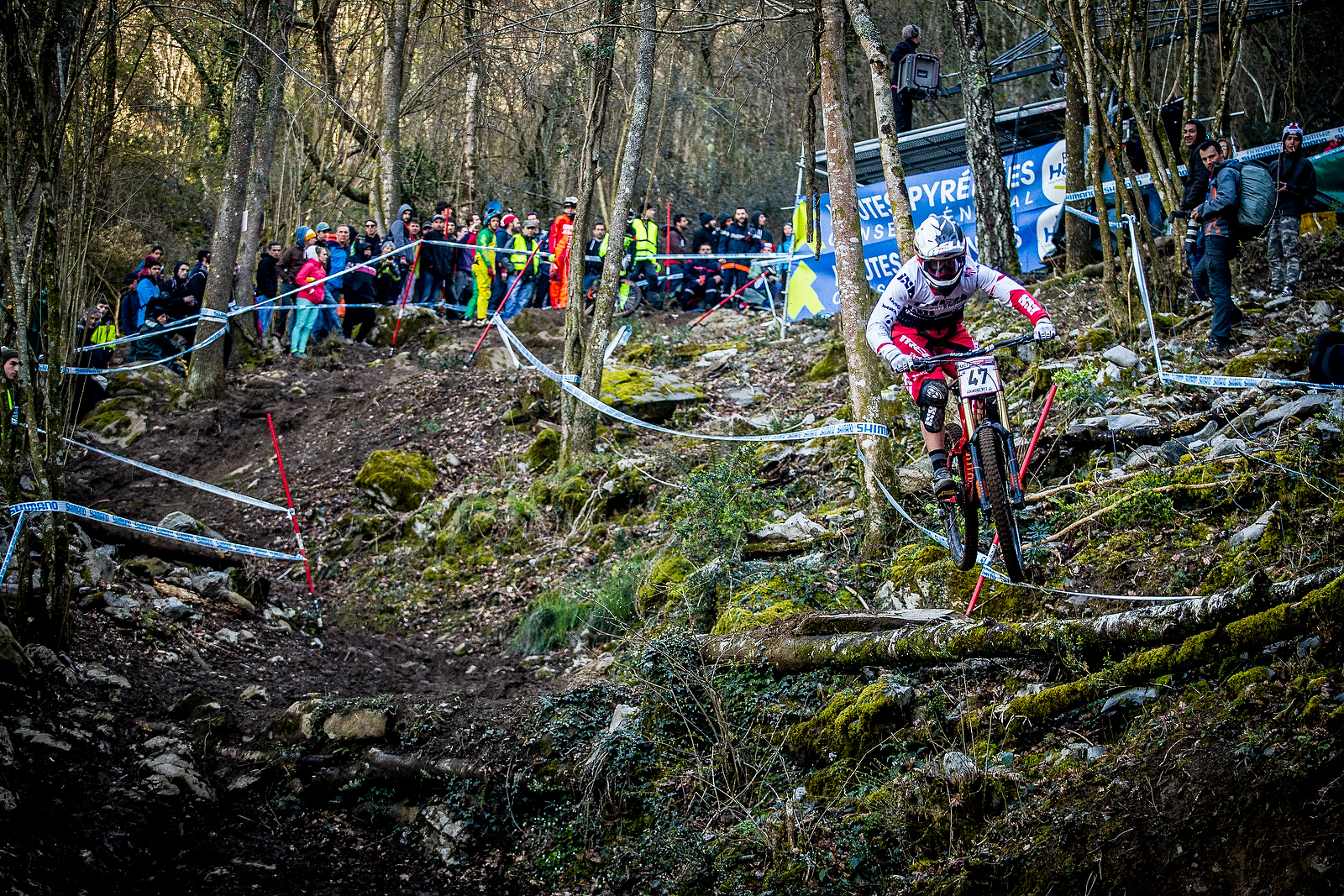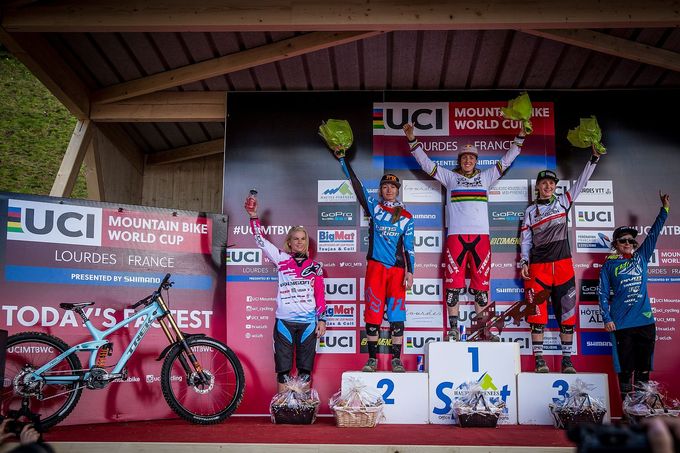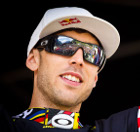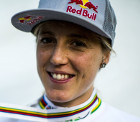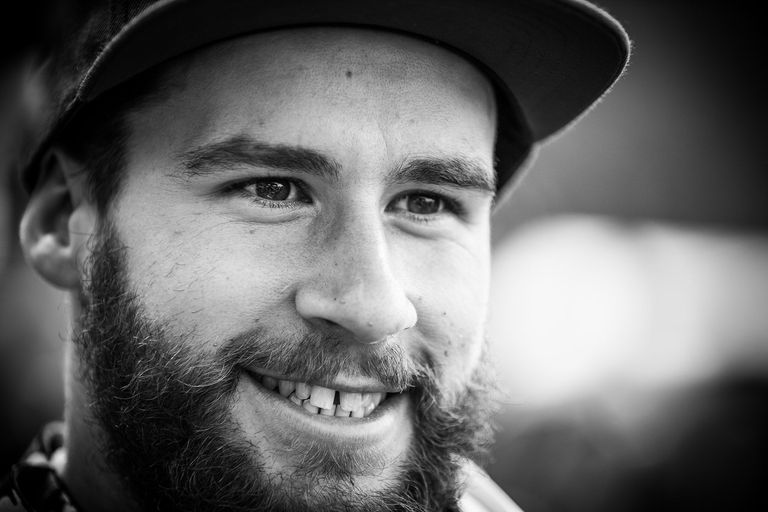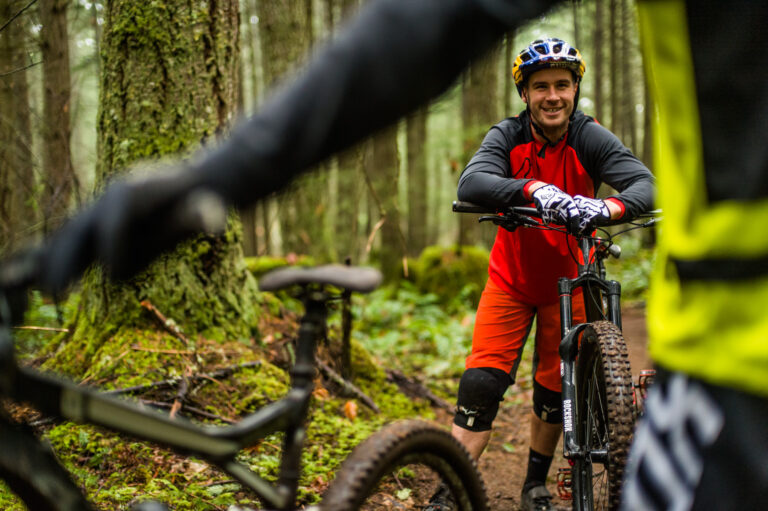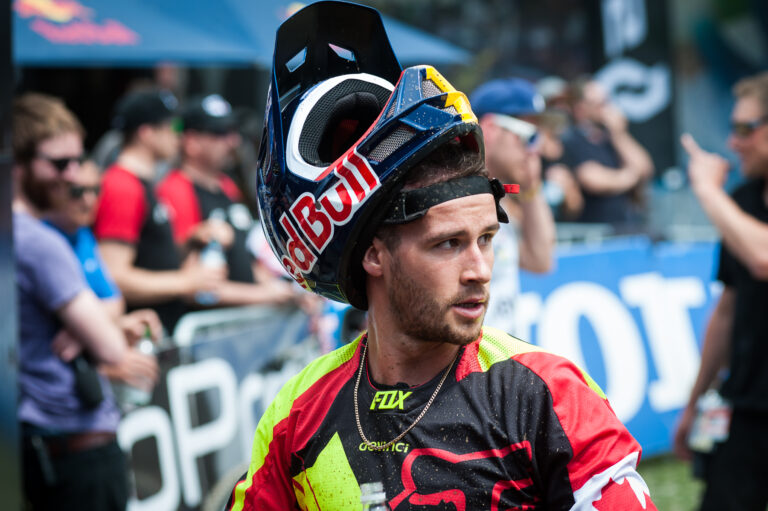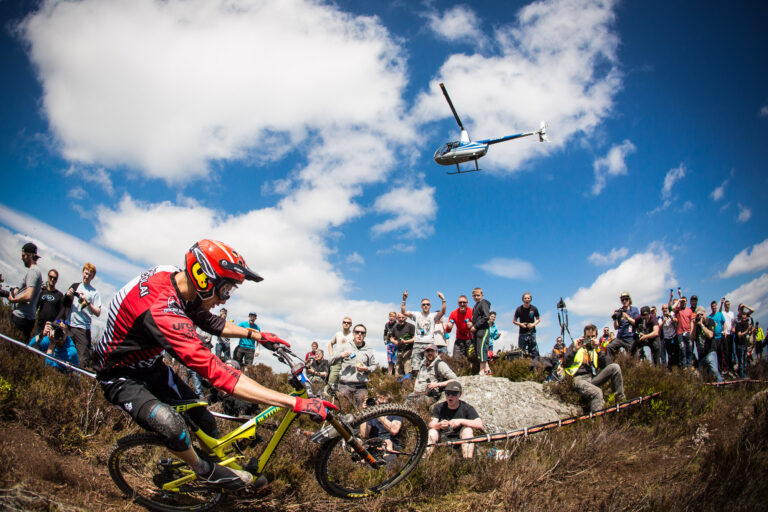Alan Milway is coach to Atherton Racing, has worked with many top riders and teams and has coached 5 WORLD CHAMPIONS. Here he gives a trackside viewpoint to the FIRST WORLD CUP of the season.
Words: Alan Milway Photos: Sven Martin, Matt DeLorme (main above) & Laurence Crossman-Emms
It may be 15 years after I arrived at my first World Cup race, but Lourdes 2016 still brought with it that same feeling of excitement and anticipation. The first race of the season is a time when you are asked ‘how was your winter?’ about 20 times, and catch up with friends and acquaintances from across the globe. It also brings with it an uncertainty of how things will stack up – what has changed over the winter and who is going to cause a surprise?
With new colours, new race numbers and new kit, the first day of practice has a real air of uncertainty – who exactly is that coming past?

Practice sessions at World Cups are split in to two groups; A and B. A is for the top 80 men, and B practice is for women, juniors and the men outside of top 80. Not only do they run at different times, but also if you are outside of top 80 you miss a portion of practice time with no timed training scheduled for you.
Steve Peat was in the B practice and was one rider whose silhouette really stood out; his trademark large stature hunched over with his elbows up flying along. It might not be an obvious point to those watching via an internet router, but B practice would have been a real hindrance to him and Marc ‘Slugger’ Beaumont, as the freight train of tops guys to confirm lines and pace through a section just isn’t there. Watching less experienced riders struggle through a technical section doesn’t help with confidence or affirmation, and I think this would have contributed to Marc Beaumont not qualifying this weekend.

